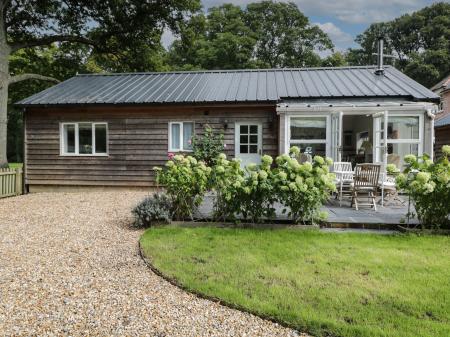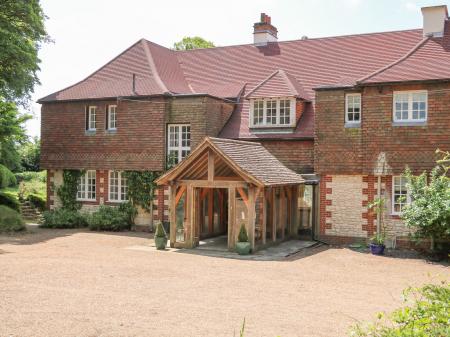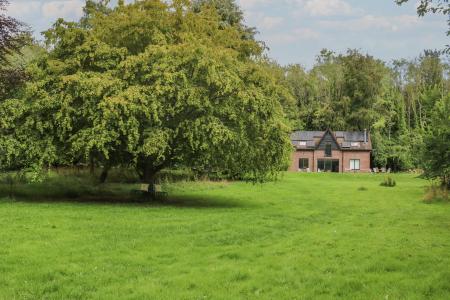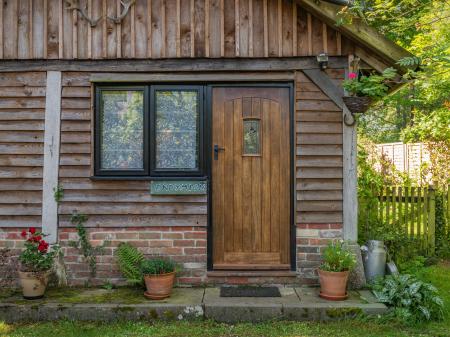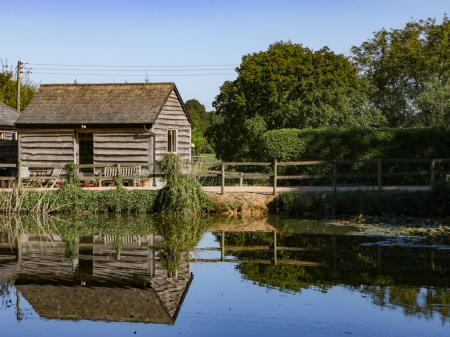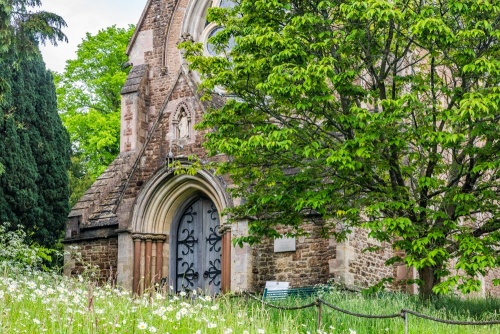
St Mary's is the third church in the village. The first was erected around 1270 on a riverside site. This was pulled down in 1830 and a new church built in the centre of the village.
When Reverend Charles Conybeare took up the position of parish incumbent in 1857 he found the second church cold and damp. Conybeare complained that it would cost more to repair these issues than it would to tear the church down and build a third church to replace it.
This church is the one we see today. It was built in 1866 on the same site as the second church. The architect was Henry Conybeare, Charles Cony beare's younger brother.
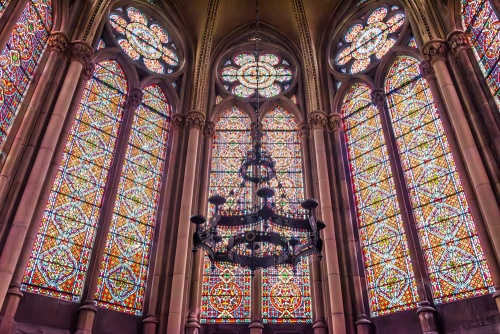
The younger Conybeare was a civil engineer by profession, but he had an interest in Gothic architecture. At Itchen Stoke he created a Gothic Revival building of extraordinary interior beauty for a small Victorian parish church.
The church is built with a mix of grey and brown rubble with limestone quoins. Its most striking exterior feature is a large rose window over the west door. This was given by Lady Ashburton in memory of her husband.
The east end of the church terminates in an polygonal apse lit by two-light traceried windows. Each side wall is lit by four groups of three tall lancet windows. Between the chancel and the nave is a slender double belfry.
The stained glass is arranged in a mix of geometric patterns which scatter vivid light across the floor. The ceiling is richly painted and the font is inlaid with multi-coloured marble tiles. The floor of the sanctuary is set with sparkling tiles to form the shape of a maze.
The most stunning interior feature is probably the huge rose window, designed like a wheel, with eight circular windows punctuating the spokes, all filled with resplendently coloured glass. The overall effect is quite stunning.
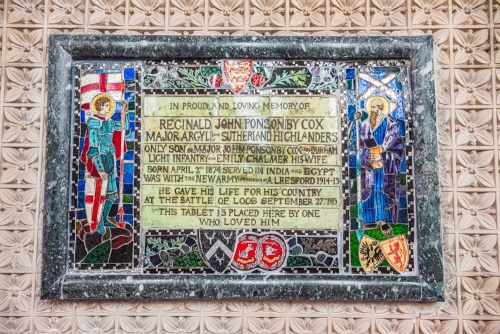
Against the south wall is a superb memorial to Major Reginald Ponsonby-Cox, who served with the Argyll and Sutherland Highlanders and died at the Battle of Loos on 23 September 1915. This wonderful piece of art was crafted as a glass mosaic on the instruction of Ponsonby-Cox's financée, the rector's daughter, who lived opposite the church.
The memorial was damaged by vandals but has been beautifully restored with the aid of a sizeable donation by the Heritage Lottery Fund.
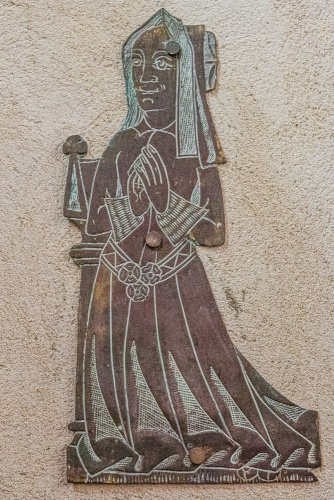
Surviving from the original medieval church are a pair of very fine funerary brasses set against the west wall. One has a Latin inscription, but the figure is missing. The other figure survives and shows a woman kneeling beside a prayer bench with her hands clasped in an attitude of devotion. The figure is thought to be that of Mrs Batmanson, who died around 1500.
The apse floor is set with glazed tiles in the form of a labyrinth, similar to that in Chartres Cathedral. The pulpit boasts outstanding cast iron scrollwork and foliage patterns, and there are similar cast-iron panels decorating the bench ends.
Inside the west door is a vestibule were you can see an early Victorian font rescued from the 1830 church.
The church is no longer used for regular worship and is in the care of the Churches Conservation Trust.
Getting There
St Mary's stands on the northern side of the B3047 at its junction with the minor road to Abbotstone. There was no dedicated parking area that we could see, but we foud it easy to park along the side of Itchen View, opposite the church off the Abbotstone road. There is a gate and churchyard path immediately off the B3047. The church was open when we visited.
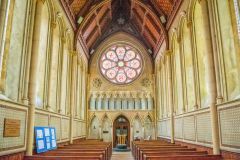
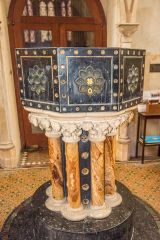
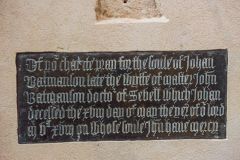
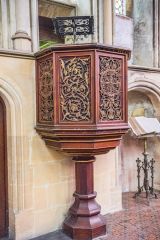
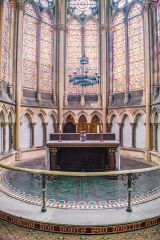
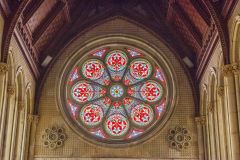
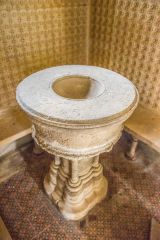
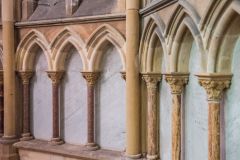
 We've 'tagged' this attraction information to help you find related historic attractions and learn more about major time periods mentioned.
We've 'tagged' this attraction information to help you find related historic attractions and learn more about major time periods mentioned.